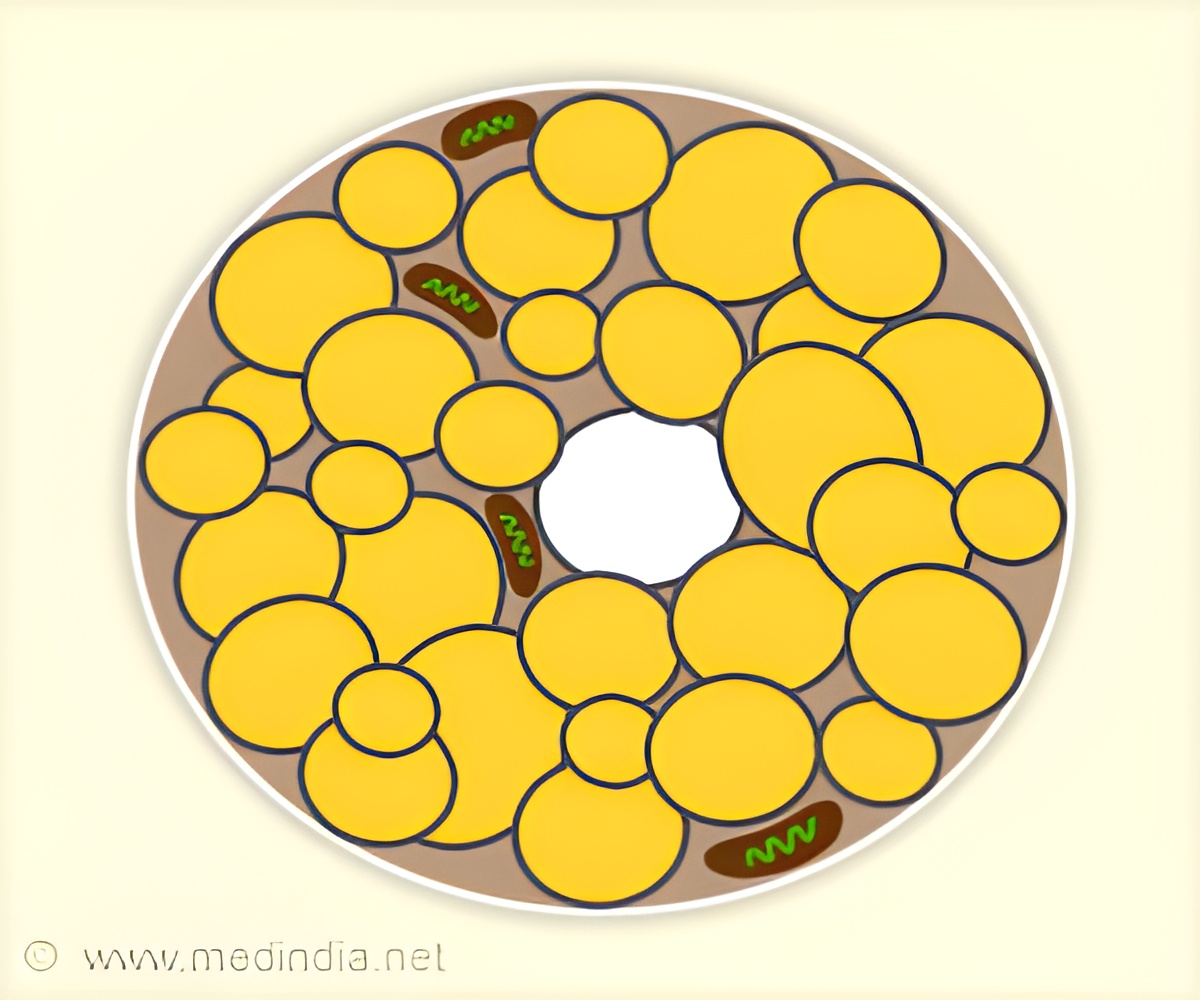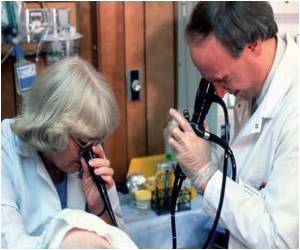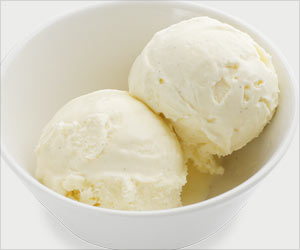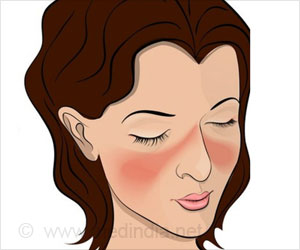New insights into how food activates brown fat can help understand how brown adipose tissue (BAT) reacts to a carbohydrate-rich meal.

‘Brown adipose tissue (BAT) burns the energy of the triacylglycerides (thermogenesis). Hence, ways to heat up thermogenesis in brown fat can be used to prevent obesity and diabetes.’





Brown adipose tissue in humans has been the subject of numerous studies, as it has the exact opposite function of white adipose tissue, which stores energy in the form of storage fats called triacylglycerides. Specifically, brown fat burns the energy of the triacylglycerides (thermogenesis).However, the activity of this physiologically highly favorable adipose tissue changes over time: It decreases with age, just as it does in obese individuals and diabetics. Hence, ways to heat up thermogenesis in brown fat are being sought which can be used to prevent obesity and diabetes.
Brown Adipose Tissue can be Trained
To date, only one option has been acknowledged in this context: Cold-induced thermogenesis. "Studies showed that participants who spent hours in the cold chamber daily not only experienced an increase in the heat output of brown fat in the cold as they got used to the lower temperatures, but also an improvement in the control of blood sugar via insulin," reports Professor Martin Klingenspor, head of the Chair for Molecular Nutritional Medicine at the Else Kröner-Fresenius Center at TU Munich.
Carbohydrate-rich Meal as Effective as Cold Stimuli
Advertisement
"For the first time, it could be demonstrated that heat generation in brown adipose tissue could be activated by a test meal just as it would be by exposure to cold," said Klingenspor, summarizing the findings.
Advertisement
"Ten percent of daily energy input is lost due to the thermogenic effect of the food," says Prof. Martin Klingenspor. This postprandial thermogenesis after eating comes not only from the obligatory heat generation due to muscle activity in the intestines, secretion, and digestive processes. There is apparently also a facultative component to which brown fat contributes.
The next step of the experiments will now be to find out whether this is energy that is simply "lost" or whether this phenomenon has another function. "We now know that the activation of brown adipose tissue could be linked to a feeling of being full," reports Klingenspor. Further studies will now be conducted to prove this.
Source-Eurekalert















